Although I'm more of a restaurant diner than a home cook, every once in awhile, I like to mix it up with a cooking class and that's exactly what I did at the Cashmere Bites Cooking Class. The theme revolved around cooking with vanilla beans, but before any cooking actually happened, we were treated to a Vanilla Bean Workshop with Glenn Gottlieb, President of the Amadeus Trading Company.
In this workshop, Glenn gave a talk about how the vanilla bean is grown and cultivated and highlighted it with photos. The first thing he mentioned is that vanilla beans grow from vines that are wrapped around tree trunks until they hang down so that they can replant themselves in the soil.
More ...
From these vines grow Vanilla Orchids. The vanilla orchids only have a one month flowering period, but will only survive for a few hours, possibly up to a day after they have been hand pollinated. However, within 24 hours of being pollinated, the pods start to come into existence.
The pods eventually take on the shape of long beans and will usually be harvested between 6 months to a 1 year.
Vanilla Beans are very susceptible to attracting mold and rotting during the sun drying and curing process. To combat this problem, prior to curing, the ripe green beans are blanched in hot water, (not boiling), for several minutes at 140° - 150F° (60° - 65°C). This process terminates any further organic change, keeps the bean from splitting open and from rotting during the curing process. The importance of the correct blanching time is crucial as to how the flavor and color of the bean will evolve.
After Blanching, comes the Sweating. The treated beans are then transferred immediately to a wooden box lined with blanket, for sweating and kept for 36-48 hours. The temperature initially is to be 48-50°C. By then, the beans will attain light brown colour and start imparting aroma.
From Sweating comes Sun Drying. Later on, the beans are spread in hot sun (from 12 noon to 3 pm) over wooden loft on a clean black blanket. The temperature of the bean, at this time should raise to 50°C. Later on, the bundles are transferred to the sweating box. Sun drying and sweating is continued grade-wise, as follows, for up to 14 days.
The next step called the Slow Drying Process involves the spreading of the beans in racks that are kept in a well-ventilated room and maintained a temperature of around 35°C and a relative humidity of 70 per cent. The duration of this slow drying process can take up to 30 days.
Following the Slow Drying Process comes the Conditioning Process. The dried and classified beans are bundled (150 - 250 gm each), tied with a thread and kept for conditioning inside wooden or metal boxes lined with wax paper for two months. By this time, there is a further loss of three to four per cent moisture with the full development of fragrance. Finally, the bundles are wrapped in wax papers and stored in airtight containers. The reduction in weight from green to conditioned beans ranges from 4.5:1 to 6:1, depending on the grade.
It takes about 7 kilos of the "green beans" to make 1 kilo of dried vanilla pods. A process that takes 6 to 9 months.
When the curing process is complete, the farmers will sort the beans according to grade (A, B or C) and length (smalls, regulars, longs & premium). Therefore, within each grade quality category there will be up to four length categories. After all this, these pods will eventually make their way into kitchens all over the world.
Now that we learned a little more about the vanilla bean, it was time to cook with them and it was the job of Chef Tracey Augustine, owner of Cashmere Bites, to give our class instruction on how to retrieve the vanilla beans from the pod.
The first step is lay your vanilla pod on a cutting board and get a sharp knife.
Next, cut the tips from each end of the pod.
Use your sharp knife to cut lengthwise through the middle without cutting vanilla bean completely in half.
Open the vanilla pod up.
Scrape the vanilla beans out of the pod and voila, the beans are ready to use.
Then some of us tried our hand at it.
The first thing we did with those beans was to add some to the Vanilla and Bourbon Scented Salmon and then popped it in the oven.
While the salmon was cooking, our next job was to make the batter for the Vanilla Malted Milk Cookies. As you can see, we were all hard at work.
Once the cookies made it into the oven, Chef Tracy showed us one way to chop herbs and veggies, which involved doing wave-like motions with your hand.
From veggie chopping, Chef Tracey did a Vanilla Bechamel Sauce Making Demonstration, which was going to be for the Chicken and Mushroom Crepes.
Once the sauce was ready, our class also learned to make crepes.
After all was said and done, we got to sit down and eat the fruits of our labor for a fun and casual lunch.
Overall, this was a really fun class. The Vanilla Bean Workshop was really informative and I certainly learned more about the Vanilla Bean than I ever thought I would. Then to follow the workshop with a cooking class that allowed us to see different ways to use vanilla beans just rounded up the whole experience.
One thing to note is that most of Chef Tracey's cooking classes aren't preceded with a food workshop. This Vanilla Bean Workshop and Cooking Class was a special event that she did previously and I asked her if she'd consider doing it as a private event for my dining group and she was happy to do it.
A few days later, Chef Tracey emailed the recipes to all the students, so look for them right after the contact info for Cashmere Bites.
Cashmere Bites
2611 Brighton Ave
Los Angeles, CA 90018
(323) 842-2470
Vanilla and Bourbon Scented Salmon
2 Salmon Filets
1 Vanilla Bean (split and scraped)
1 tsp. vanilla extract
1/4 C. Bourbon
Salt and pepper to taste
Pour the bourbon and vanilla extract on the filets and then rub in the vanilla beans. Place on a parchment lined cookie sheet and bake in 375 degree oven for approx. 12-15 minutes.
Crepes with Chicken, Mushrooms and Vanilla Bechamel Sauce
Crepes:
- 1 cup all-purpose flour
- 2 eggs
- 1/2 cup milk
- 1/2 cup water
- 1/4 teaspoon salt
- 2 tablespoons butter, melted
Chicken and Mushrooms:
Poach 2-3 chicken breasts in salted water on low heat until cooked. Slice one pound of assorted mushrooms and saute in butter until tender. Drain liquid out.
Bechamel Sauce:
- 6 tablespoons butter
- 1/4 cup all-purpose flour
- 1 quart milk
- 1 teaspoon salt and white pepper
- 1 vanilla bean, scraped
- 1 tsp. vanilla extract
Vanilla Malted Milk Cookies
- 2 3/4 cups all-purpose flour
- 1/2 cup plain malted-milk powder
- 1 teaspoon baking powder
- 3/4 teaspoon salt
- 1 cup (2 sticks) unsalted butter, room temperature
- 3 ounces cream cheese, room temperature
- 1 cup sugar
- 1 vanilla bean, split, seeds scraped and reserved
- 1 large egg
- 1/2 teaspoon pure vanilla extract
^

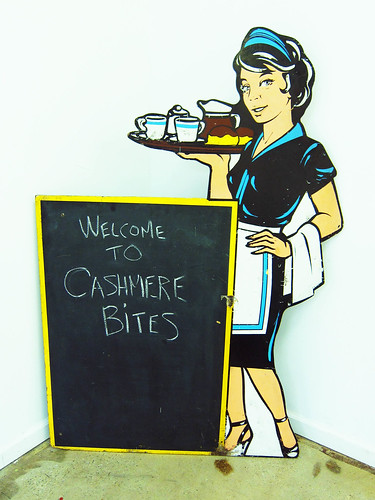
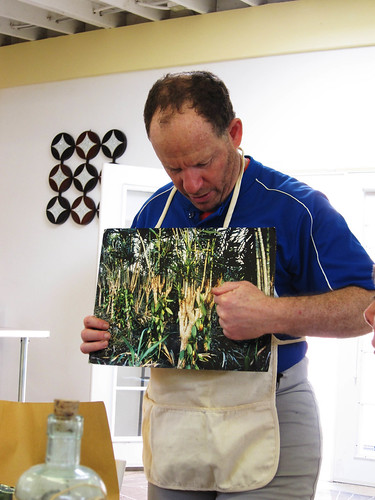
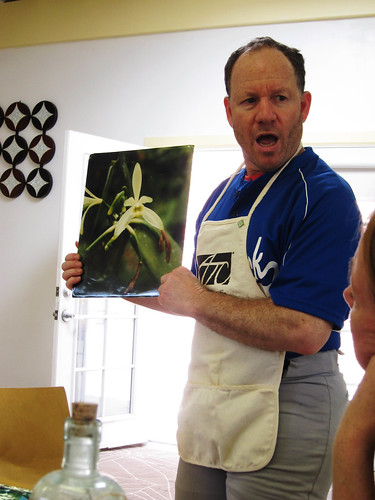
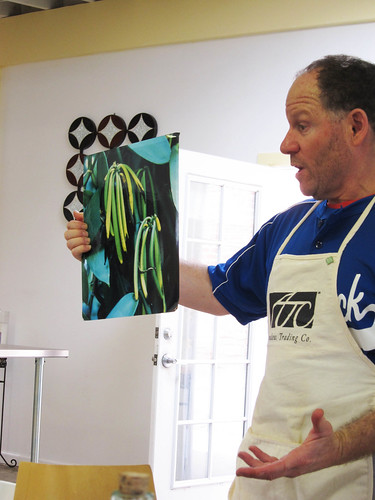
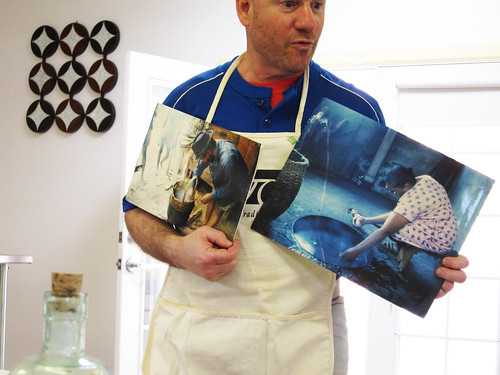
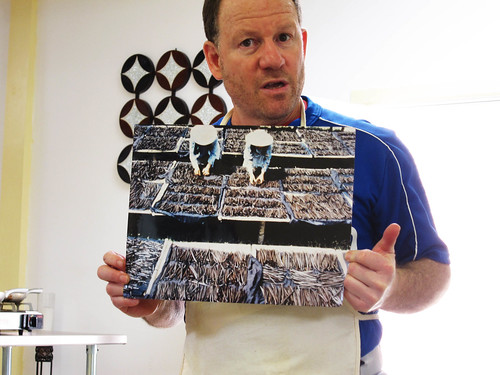
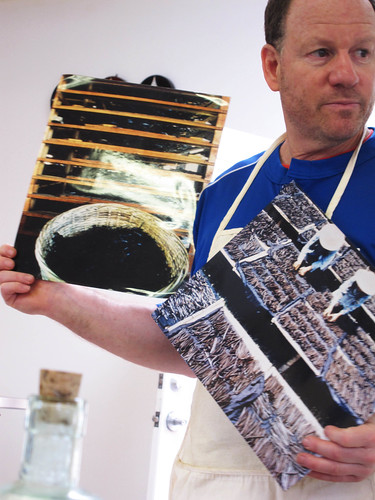
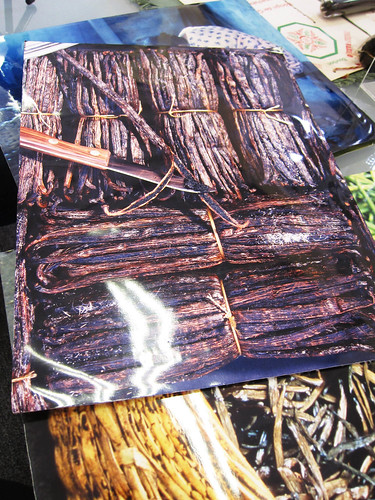
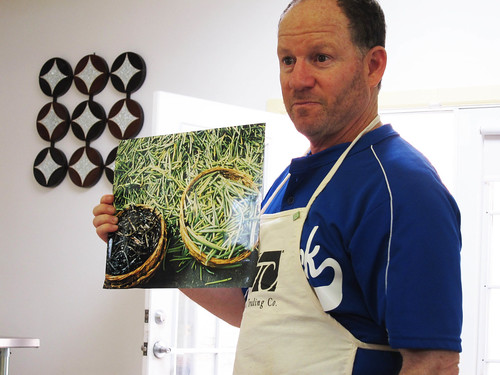
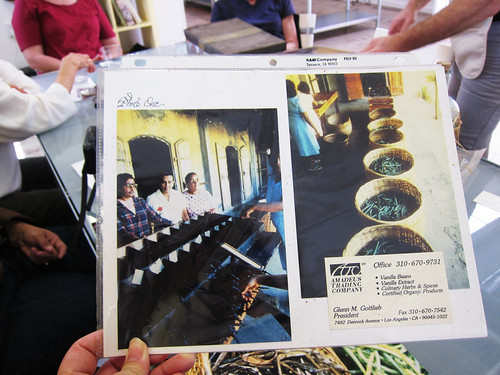
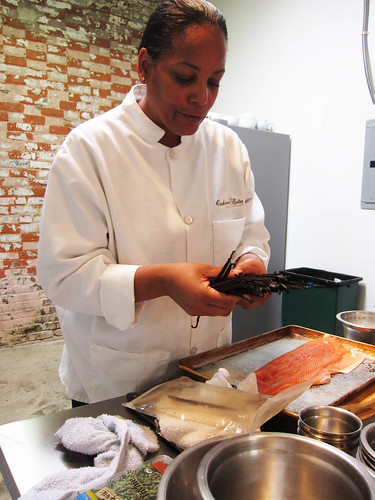
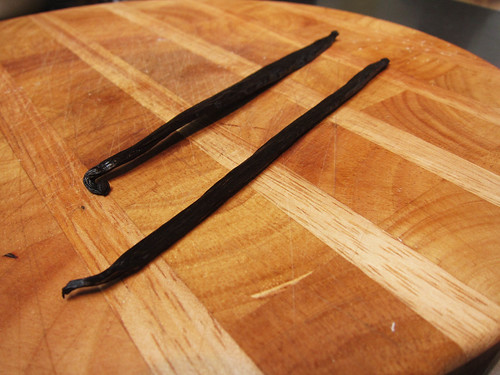
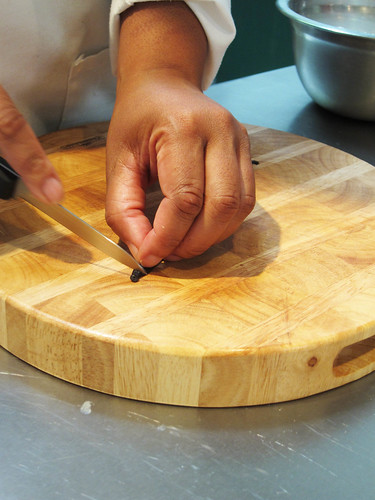
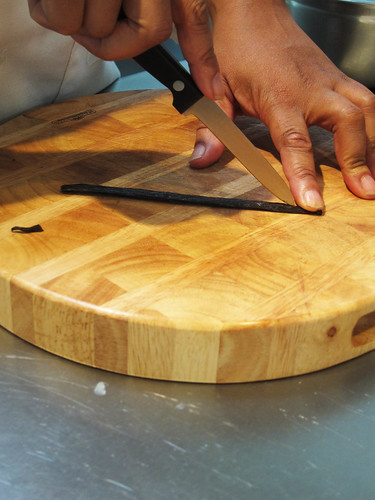
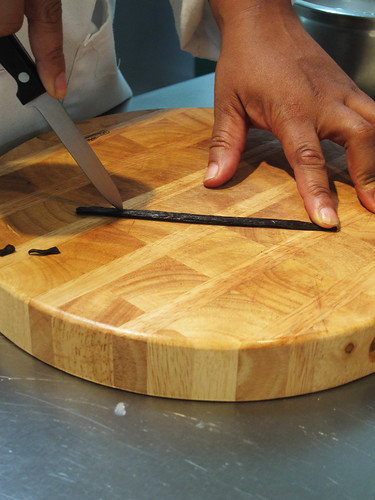


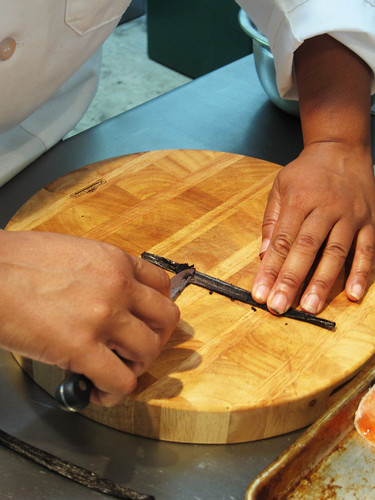
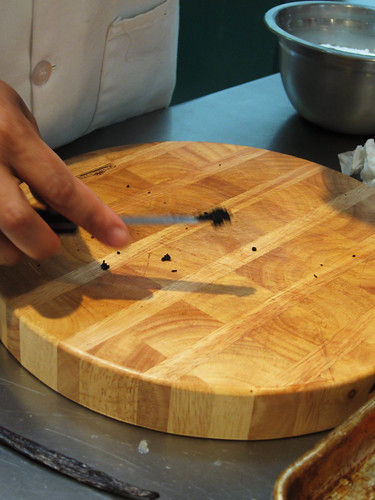
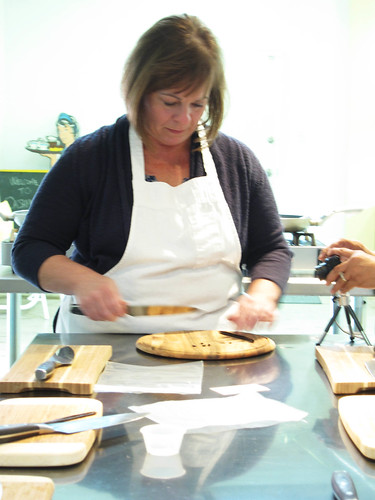

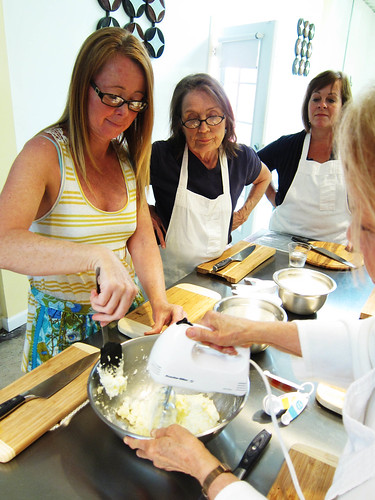
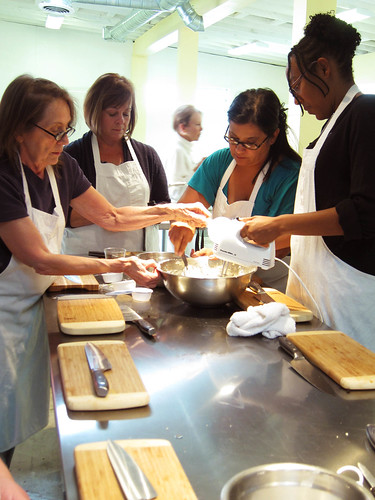


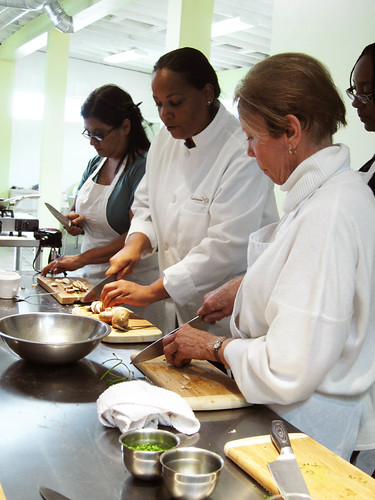

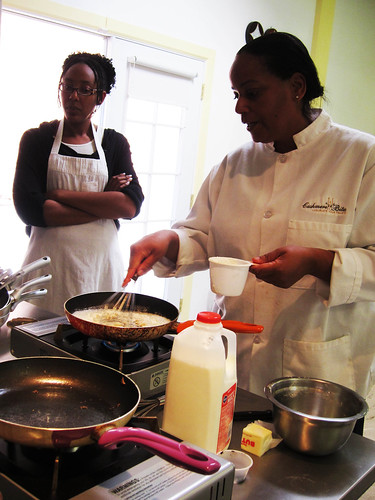
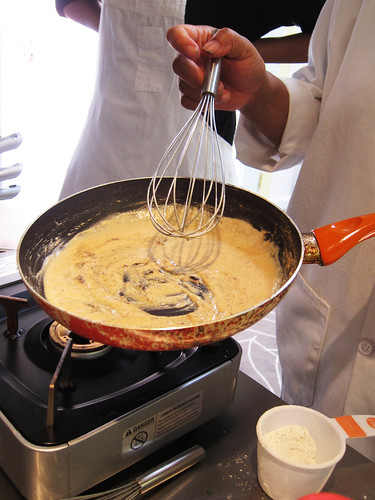
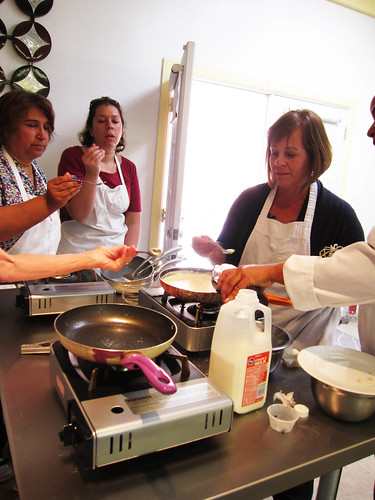
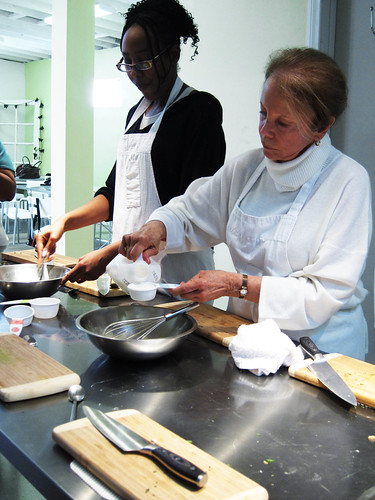
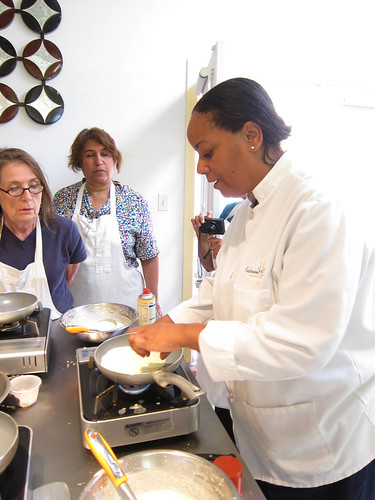
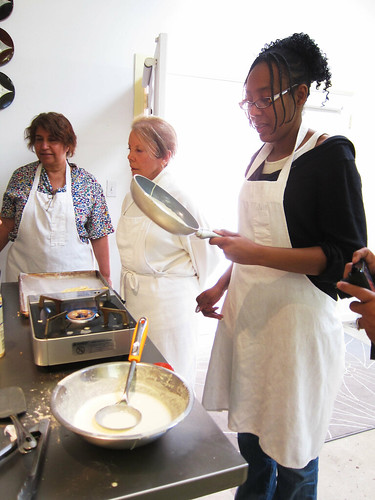
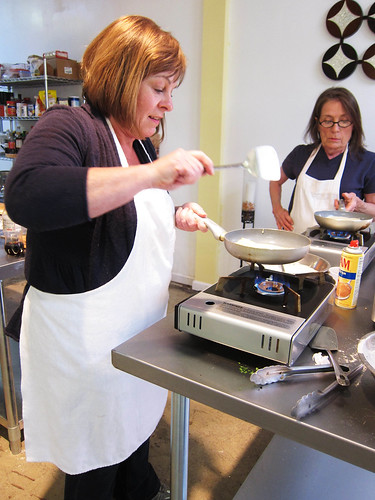
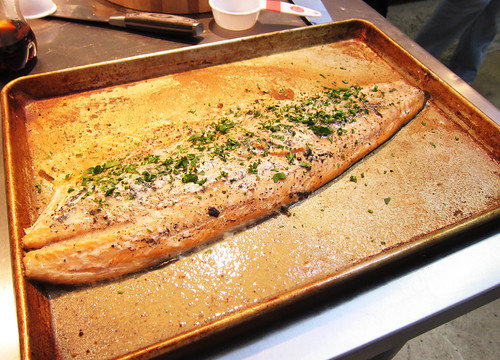
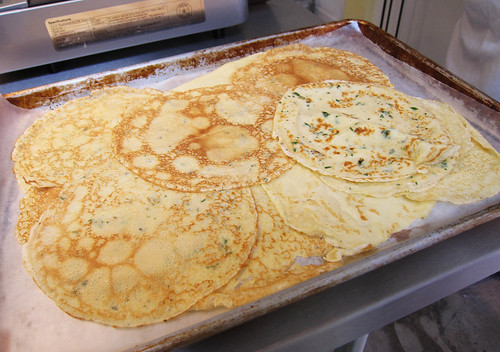

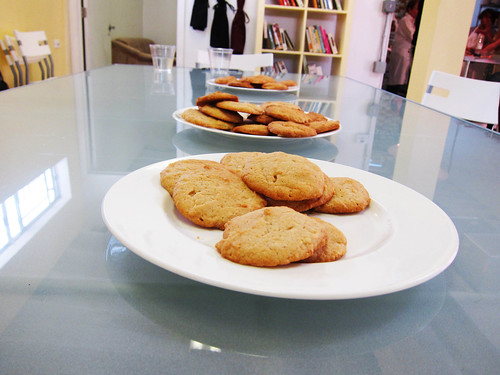
Wow! What an incredible opportunity! I sincerely enjoyed this post and the information behind it.
ReplyDeleteWere you able to sample multiple varieties of vanilla? There are different species of vanilla (planifolia and tahitensis) and origins. Each type has a unique flavor.
The Beanilla Trading Company (www.beanilla.com) is an awesome source for vanilla beans. They usually have 7 or 8 different varieties available, usually starting at only $1 per bean.
I hope this helps your journey into the world of vanilla!